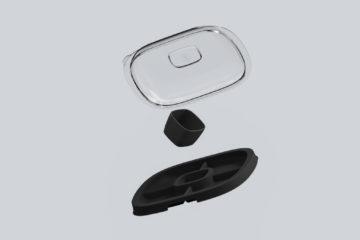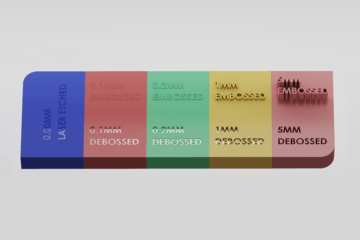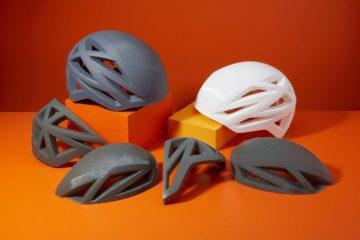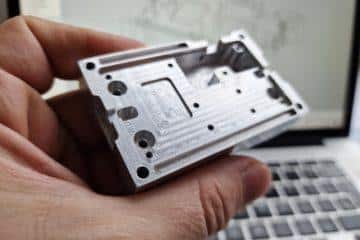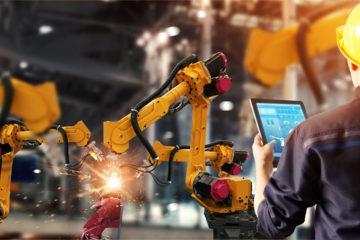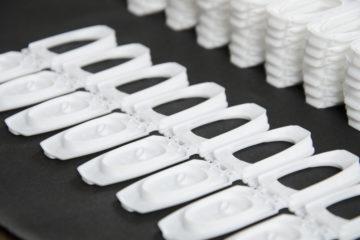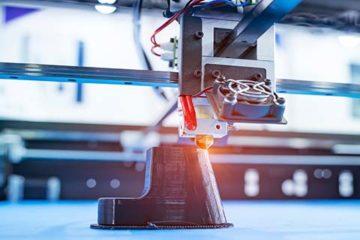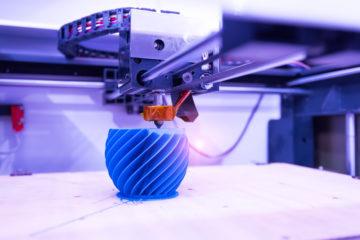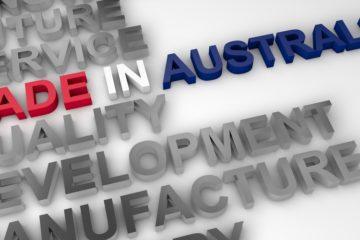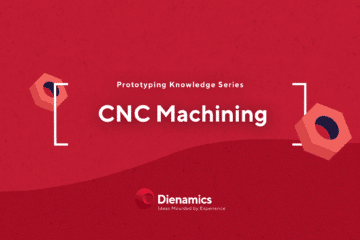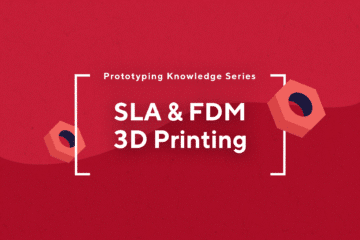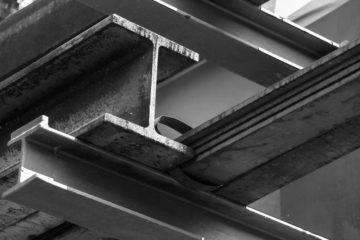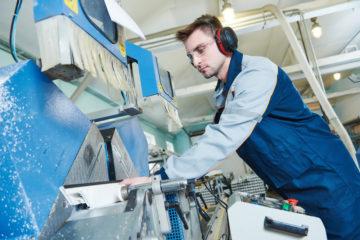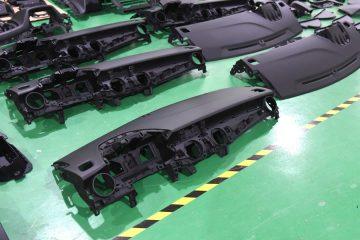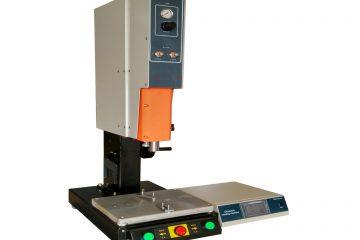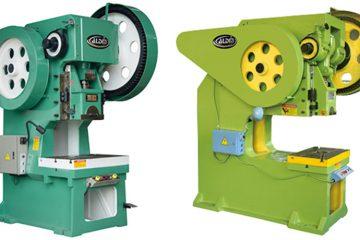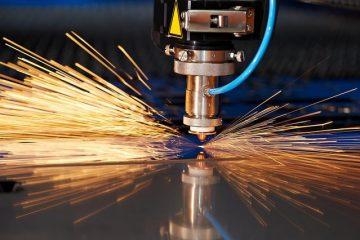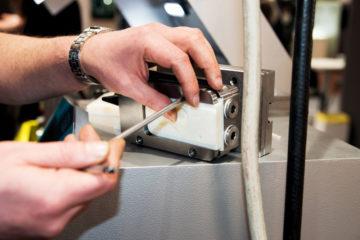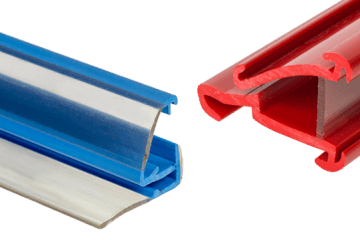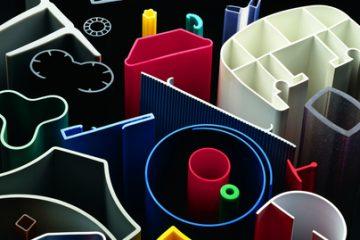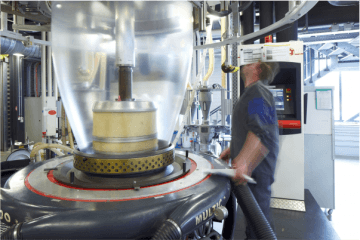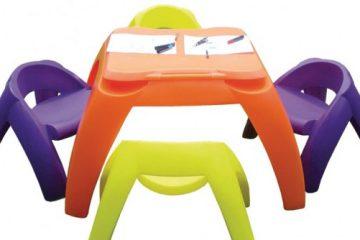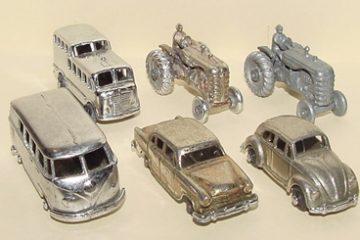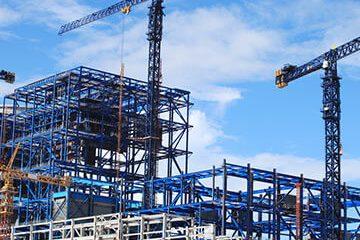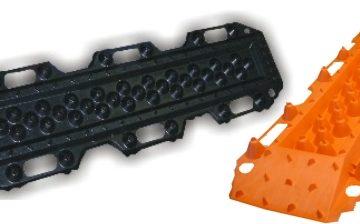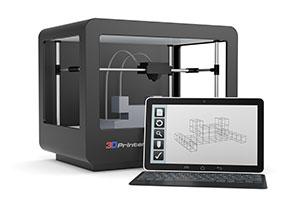
Thermoforming is one of the most accessible and easy to understand manufacturing processes. As with all mass-produced products, you’ve probably used a thermoformed product without even realising it. For instance, high end boxed chocolates are often arrayed out in their box in a thermoformed tray. Yoghurt tubs, takeaway food containers, those plastic tubs your cherry tomatoes come in all those products are thermoformed.
Thermoforming is a process where you take a roll of plastic sheet material and heat it until it’s malleable and form the sheet onto a forming core shape. The Plastic then cools and the product is trimmed (if it needs to be) and is packed and distributed. A simple enough process to wrap your head, around right? As with everything, the more you know, the more you know you don’t know. Some thermoforming machines use a vacuum to pull the sheet material over the forming core, others use pressure forming (pushing the malleable sheet over the forming core), draping or slumping where little to no force is applied to the malleable plastic and finally plug forming, where the plastic is formed in two stages, the first being a preliminary “plug shape” where the plastic is pre-formed so that it can be shaped further into more complex or larger shapes.
Thermoforming can be scaled to make just a few prototypes up to production runs of hundreds of thousands of units. Tooling is generally cheaper than injection moulding as you don’t have to contend with the high temperatures and pressures of injecting plastic, which allows you to use metals like aluminium for the forming cores. Also, there’s cost benefits associated with making multi forming cores as your cycle time decreases with each forming core you add. Some thermoforming machines have a 2 metre by 2 metre heater bed size, allowing you to make product up to size as well. And you can even go larger than that, but as always there are trade-offs. The most common materials used in thermoforming are Polystyrene (PS) Acrylonitrile Butadiene Styrene (ABS), acrylics and polycarbonates (PC).
The problem with thermoforming is that you are not permitted to have any cuts in a typical (and most economical) thermoforming production line. You must also have a good amount of draft applied to the forming core as there usually aren’t and ejection methods to pop them off the forming core. However, the upside of the requirement of draft means that most thermoformed product stack exceptionally well, which saves shipping and distribution costs.
If you are unsure if thermoforming is the right manufacturing process for you, come in to discuss your part design for a quick analysis with our design team and head toolmaker in a free, no obligation 1 hour meeting.
Subscribe to Our Newsletter
Get the latest news from Dienamics into your inbox







